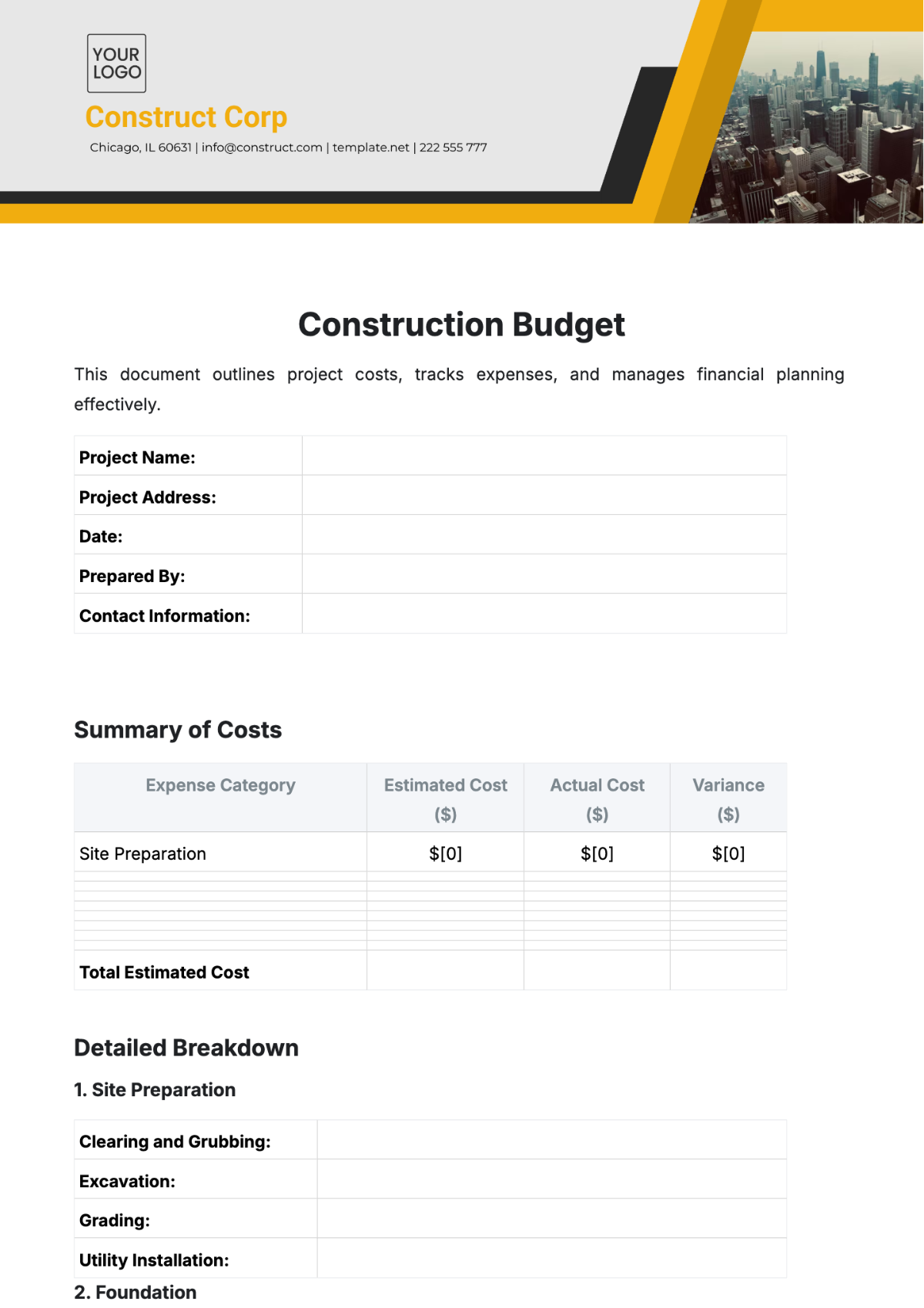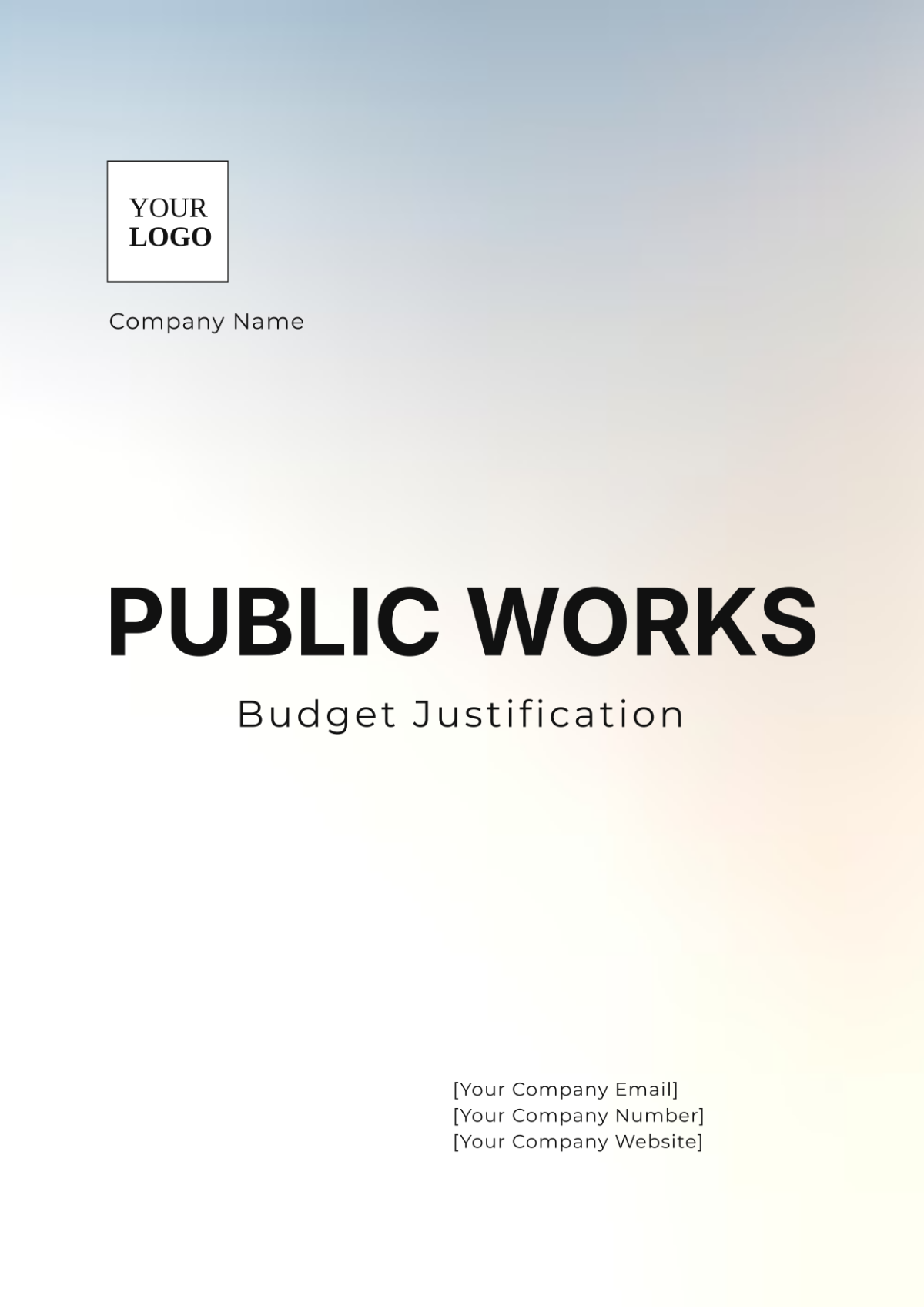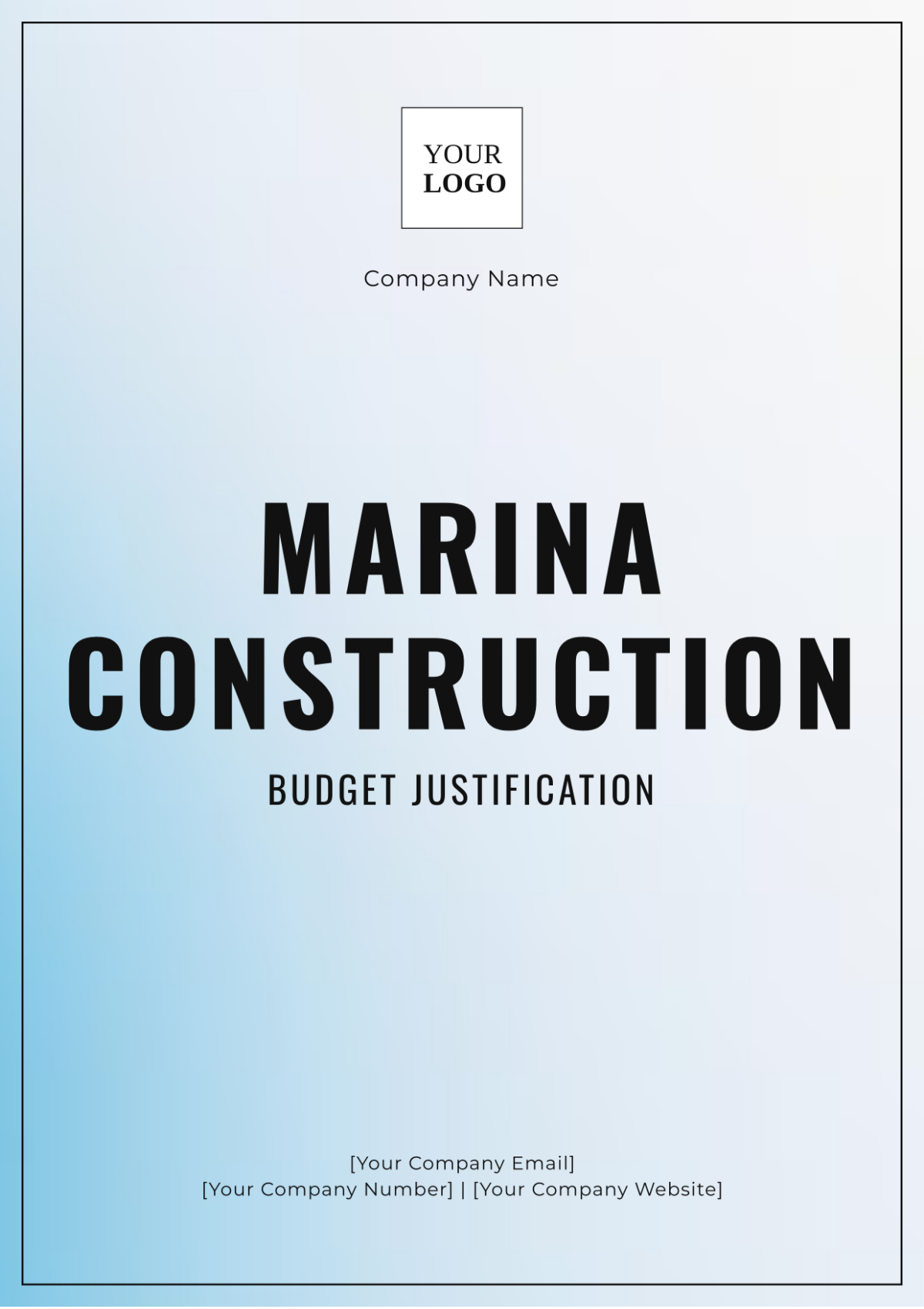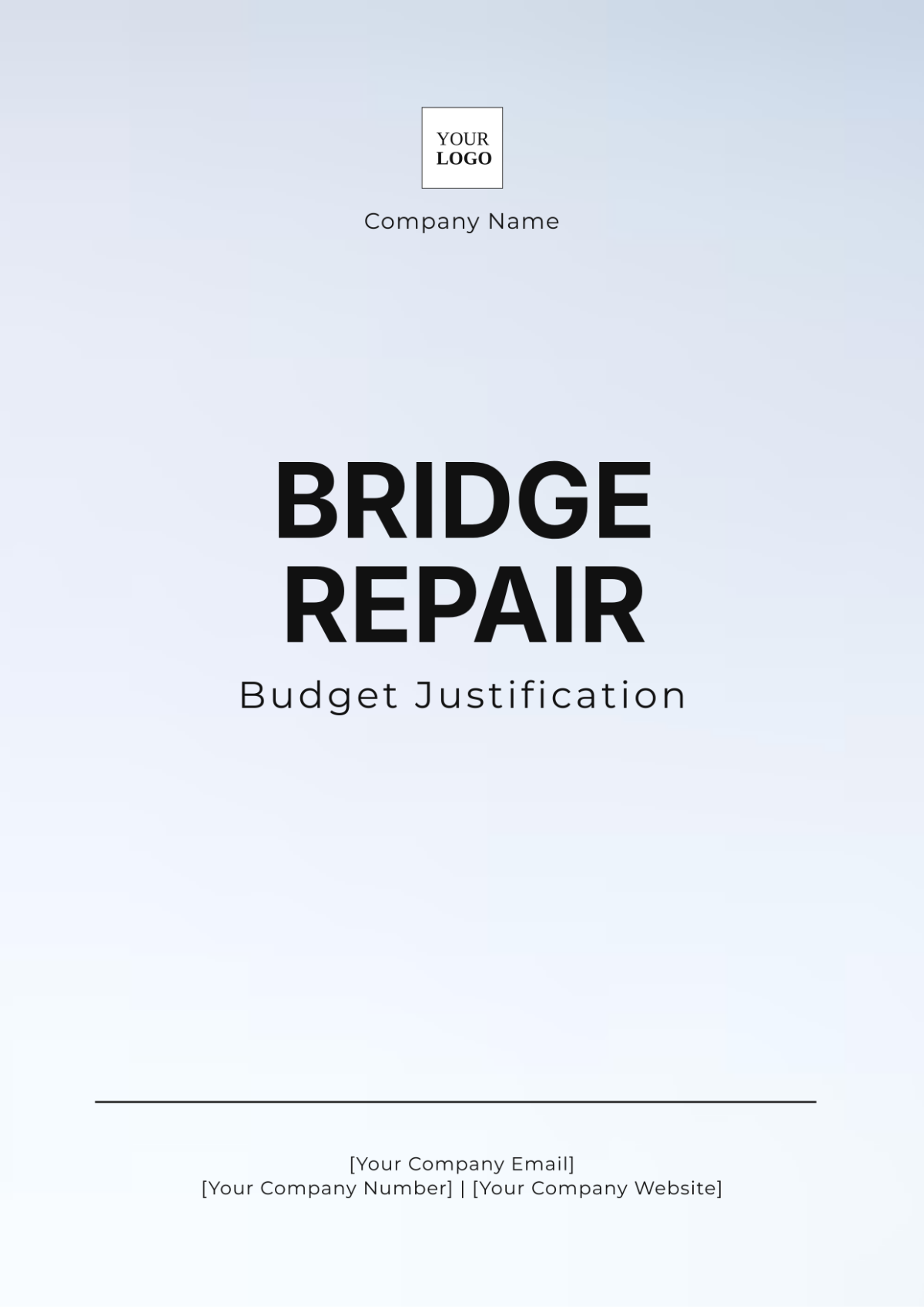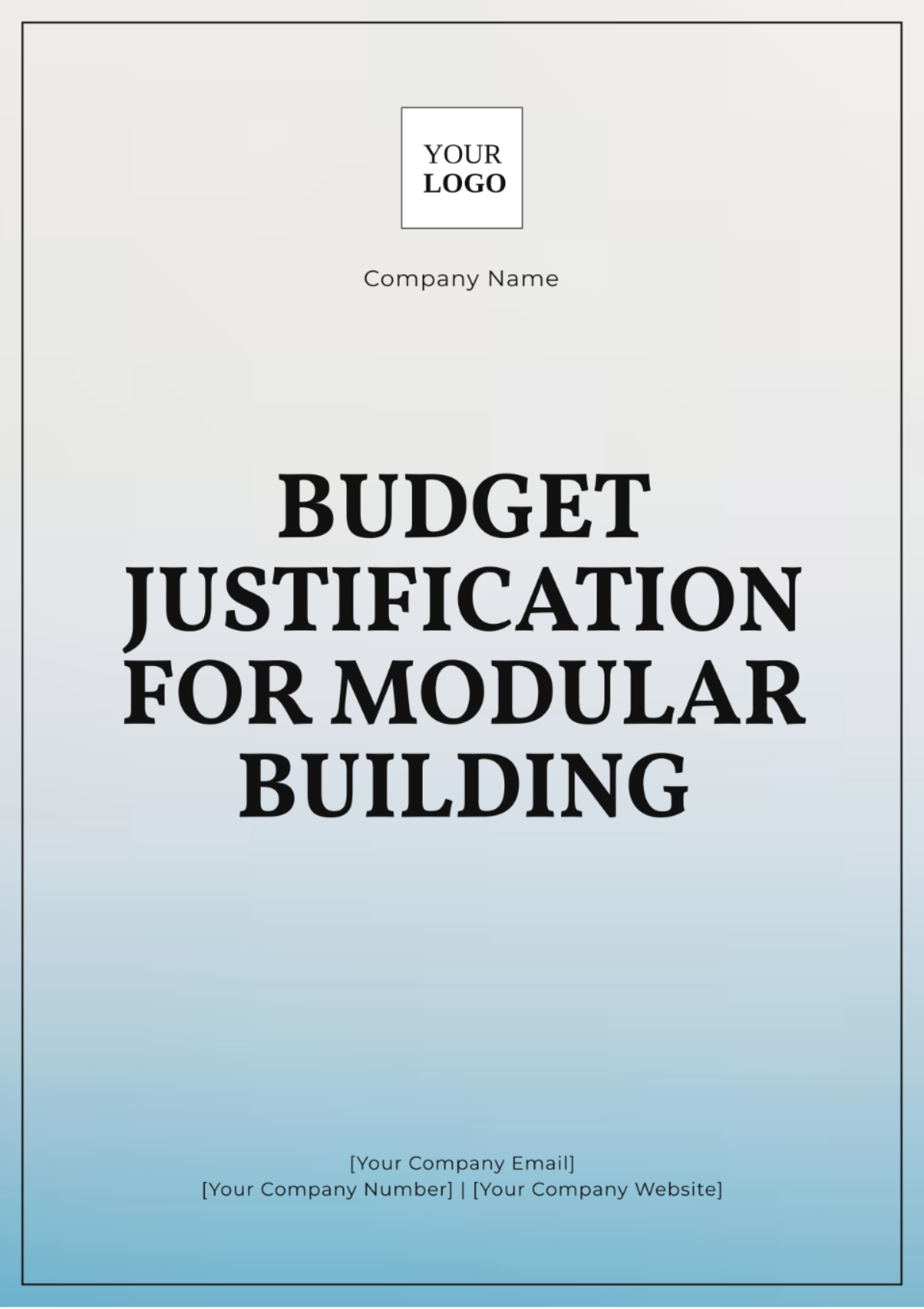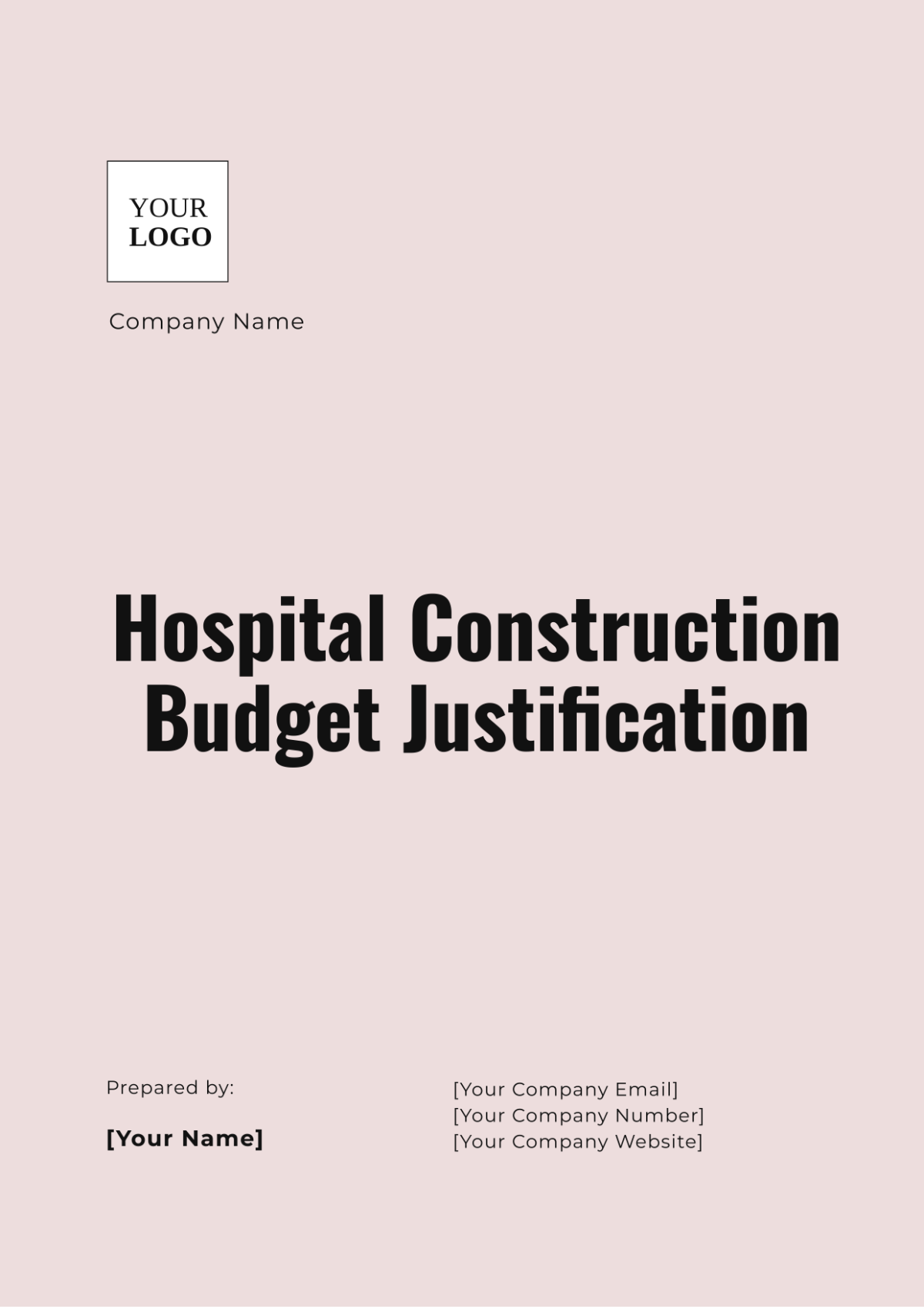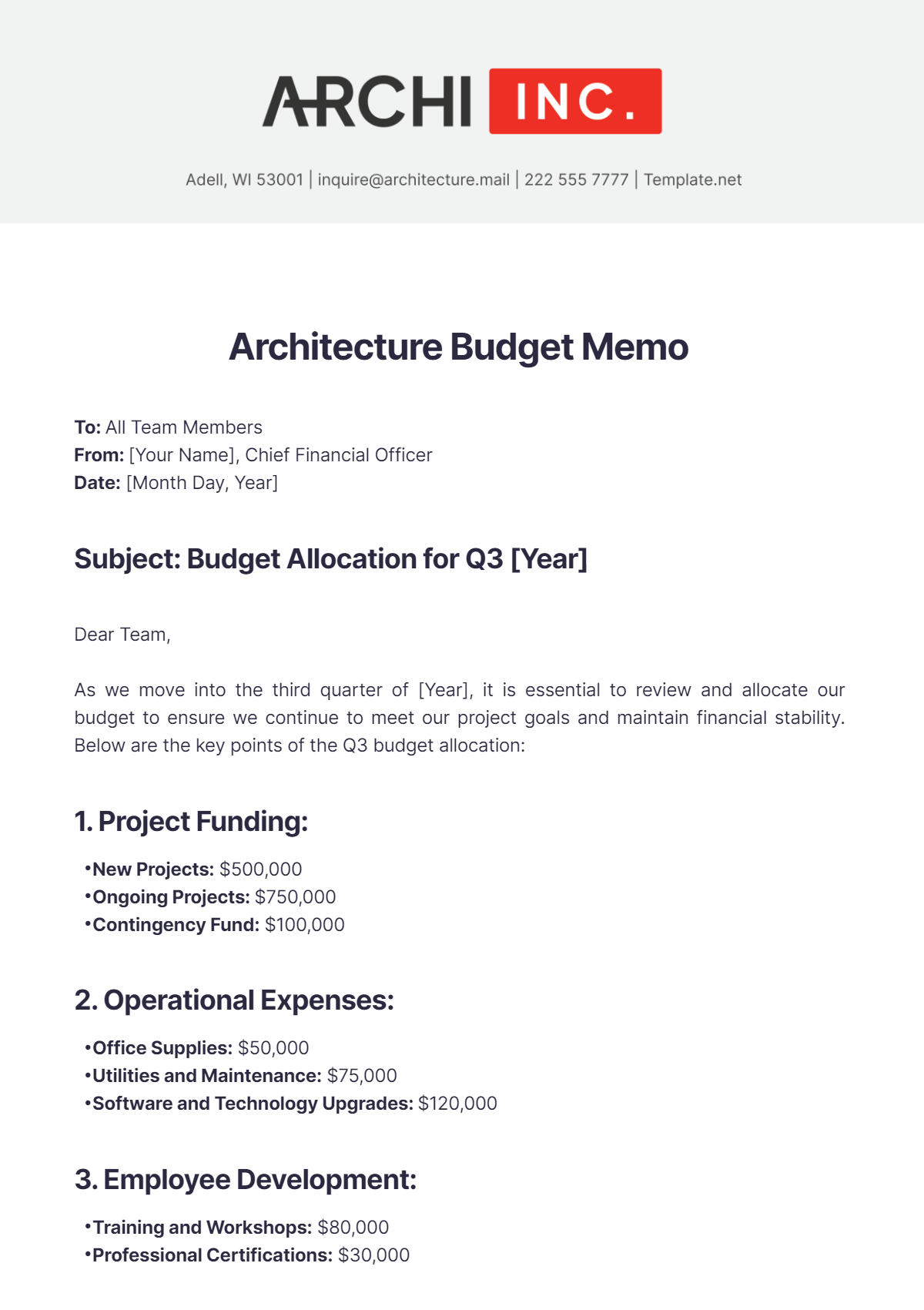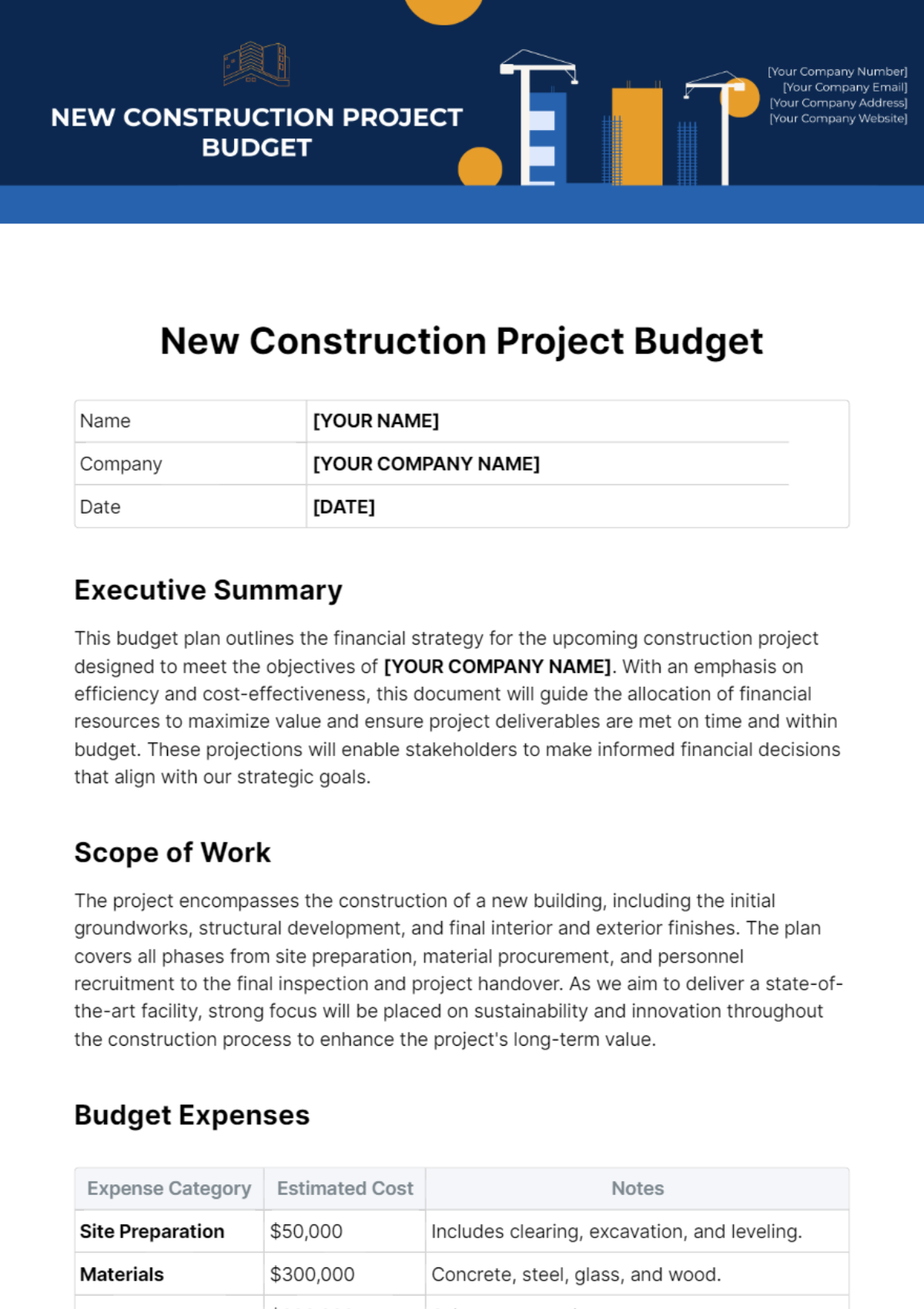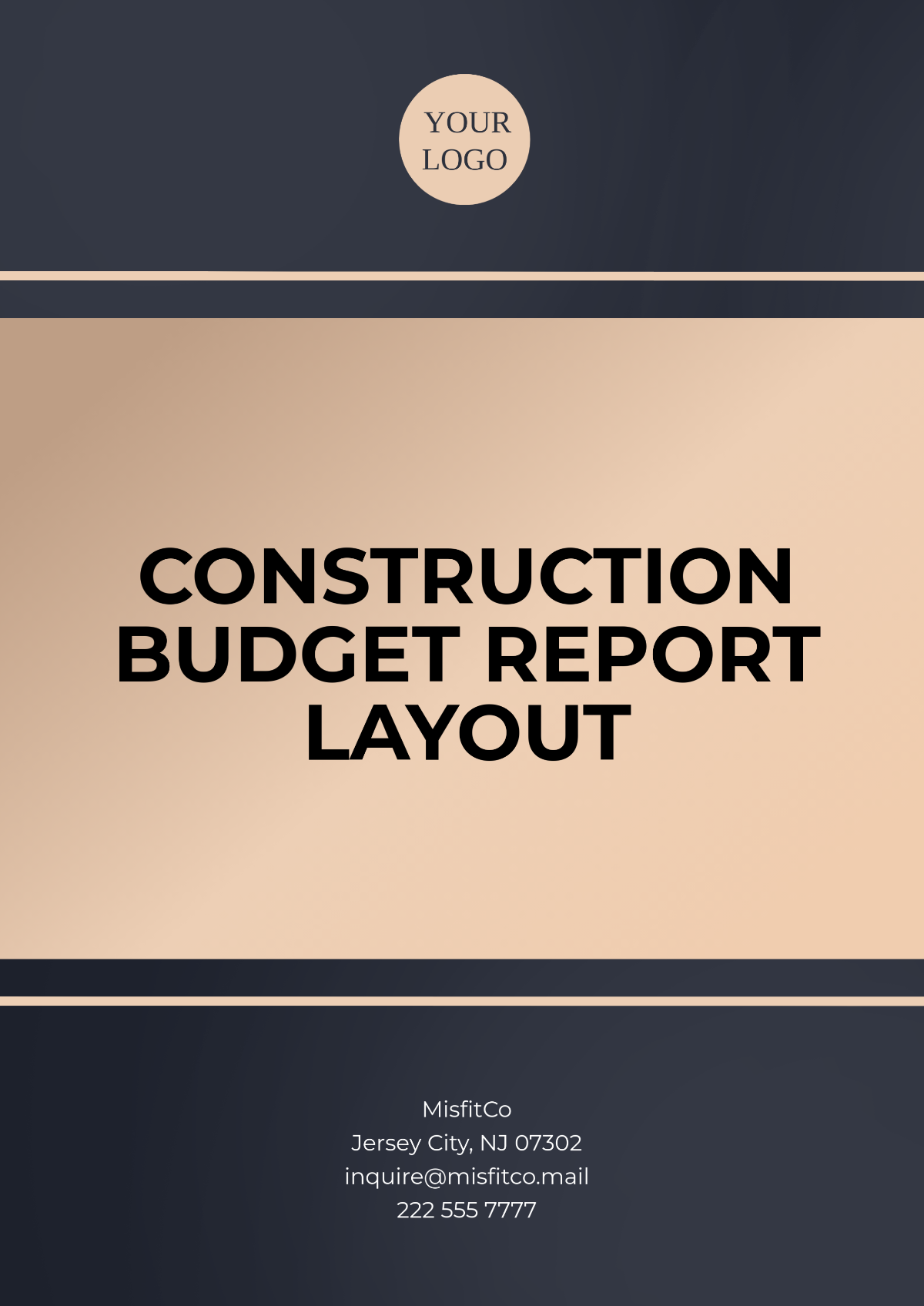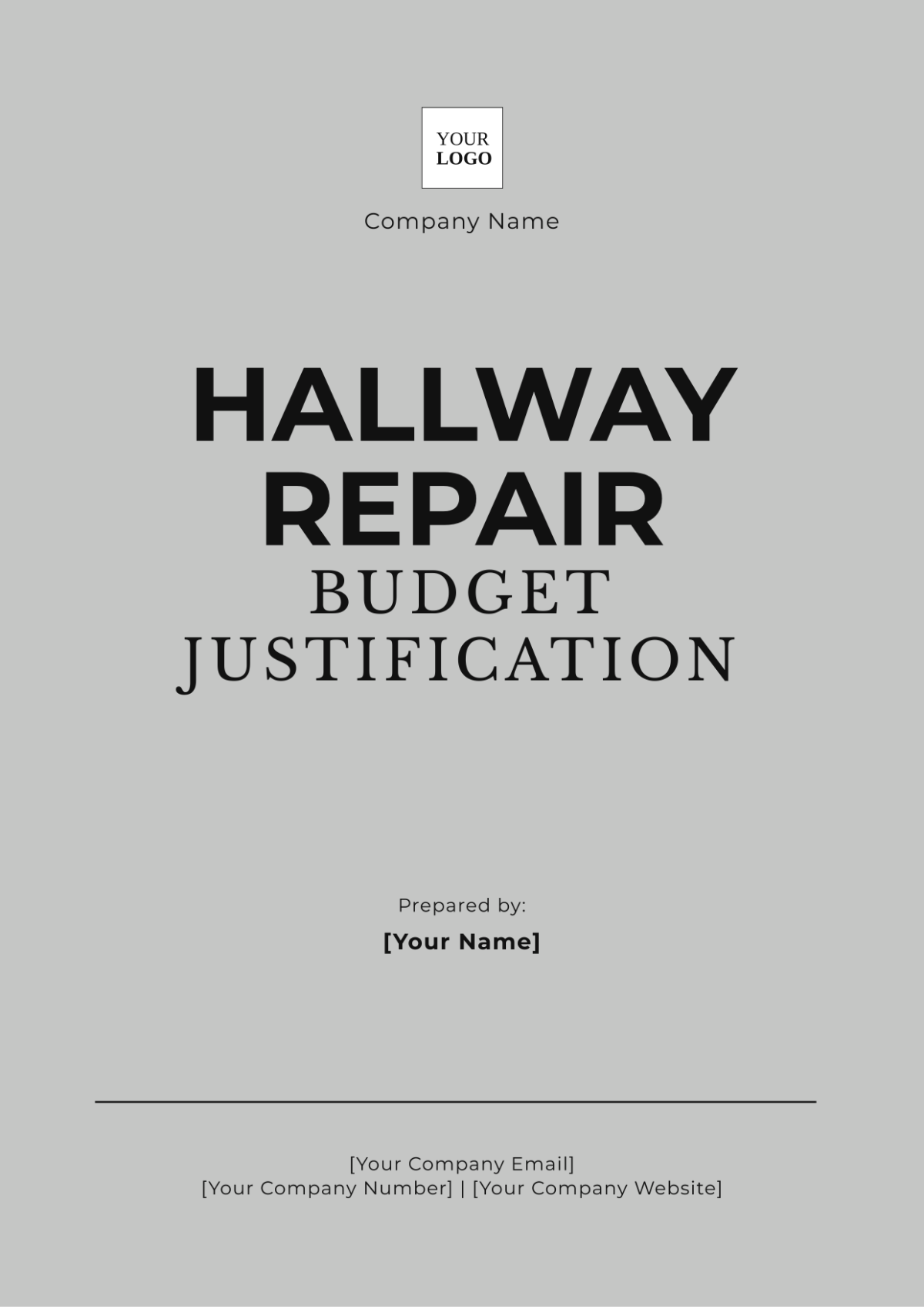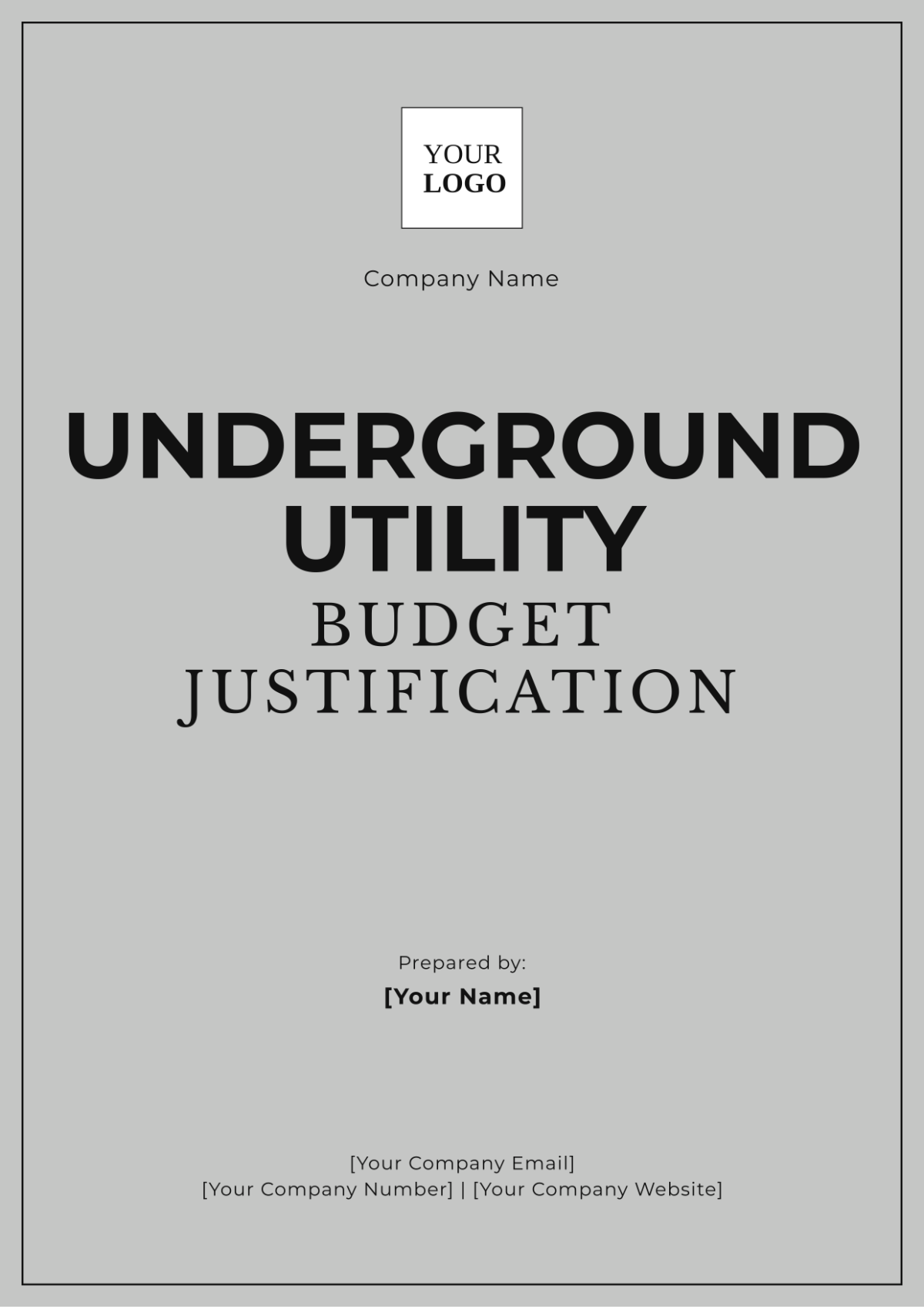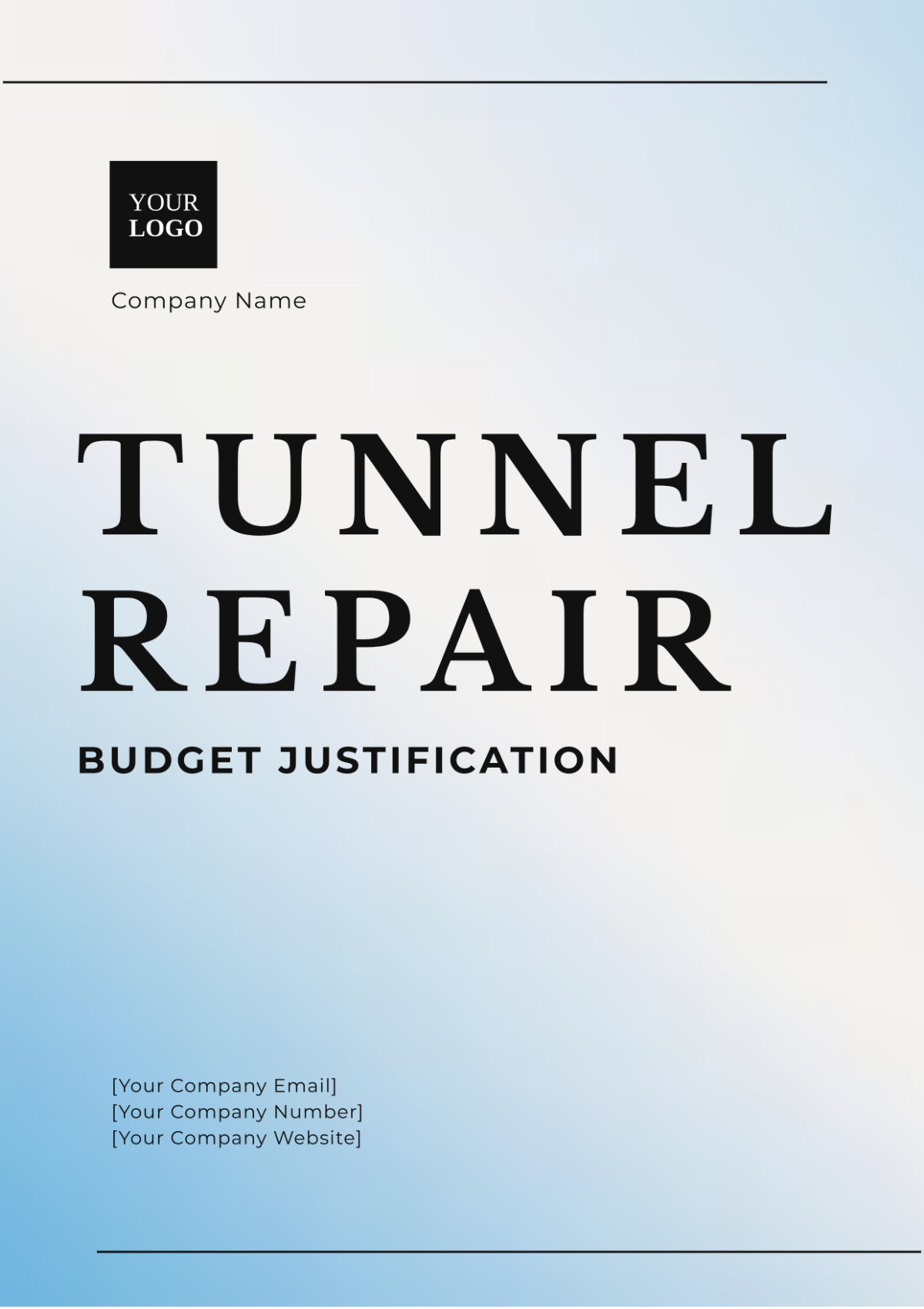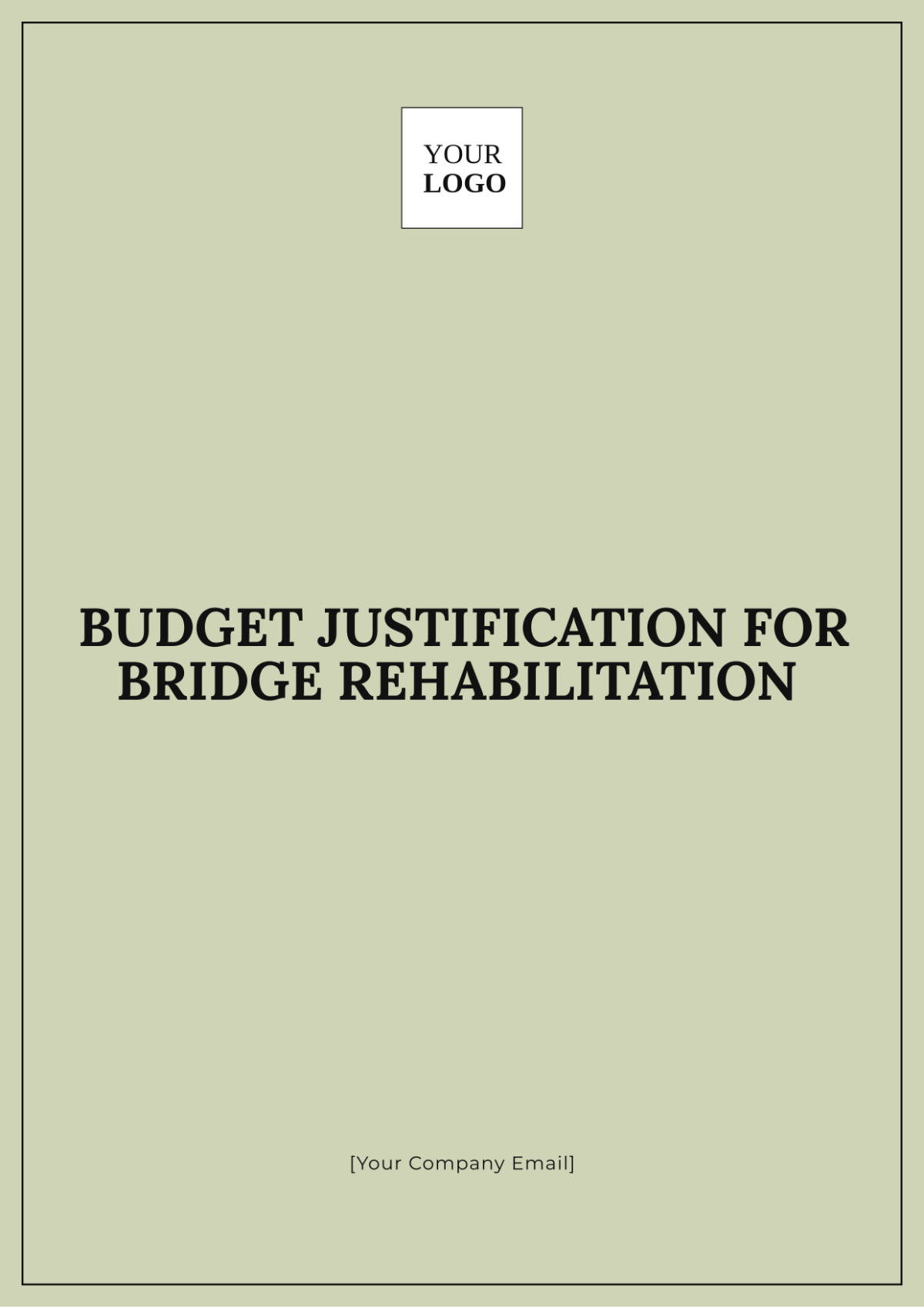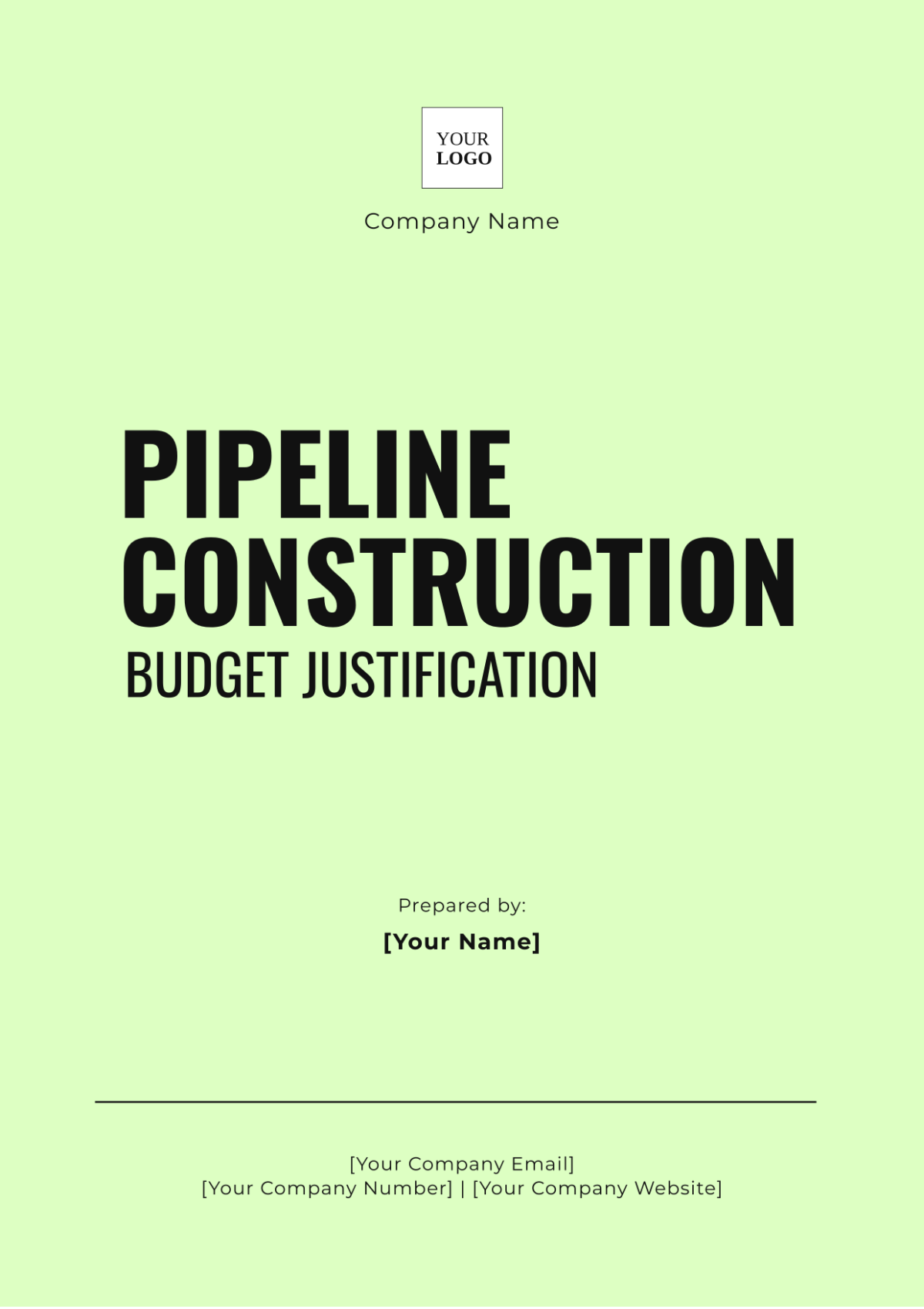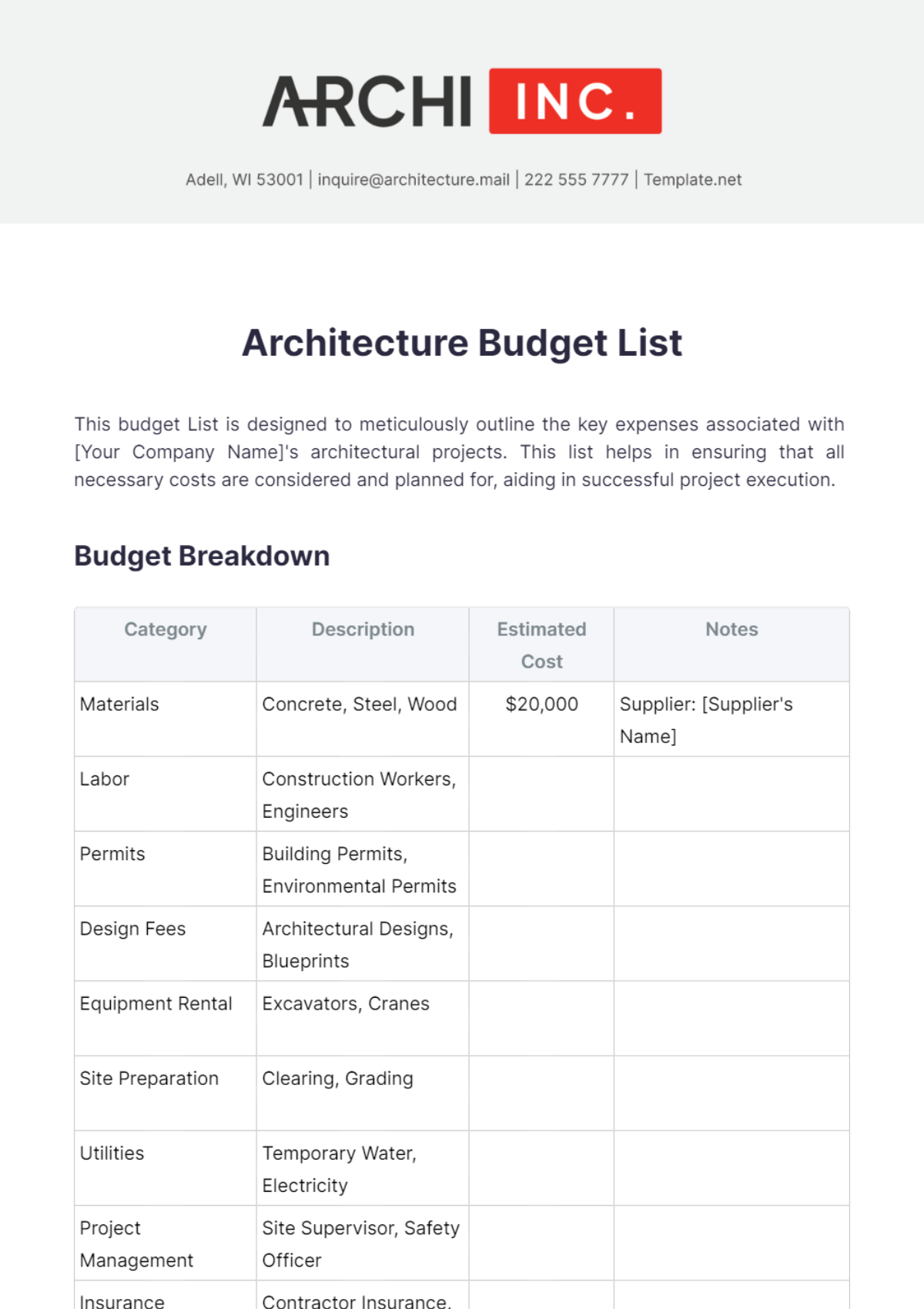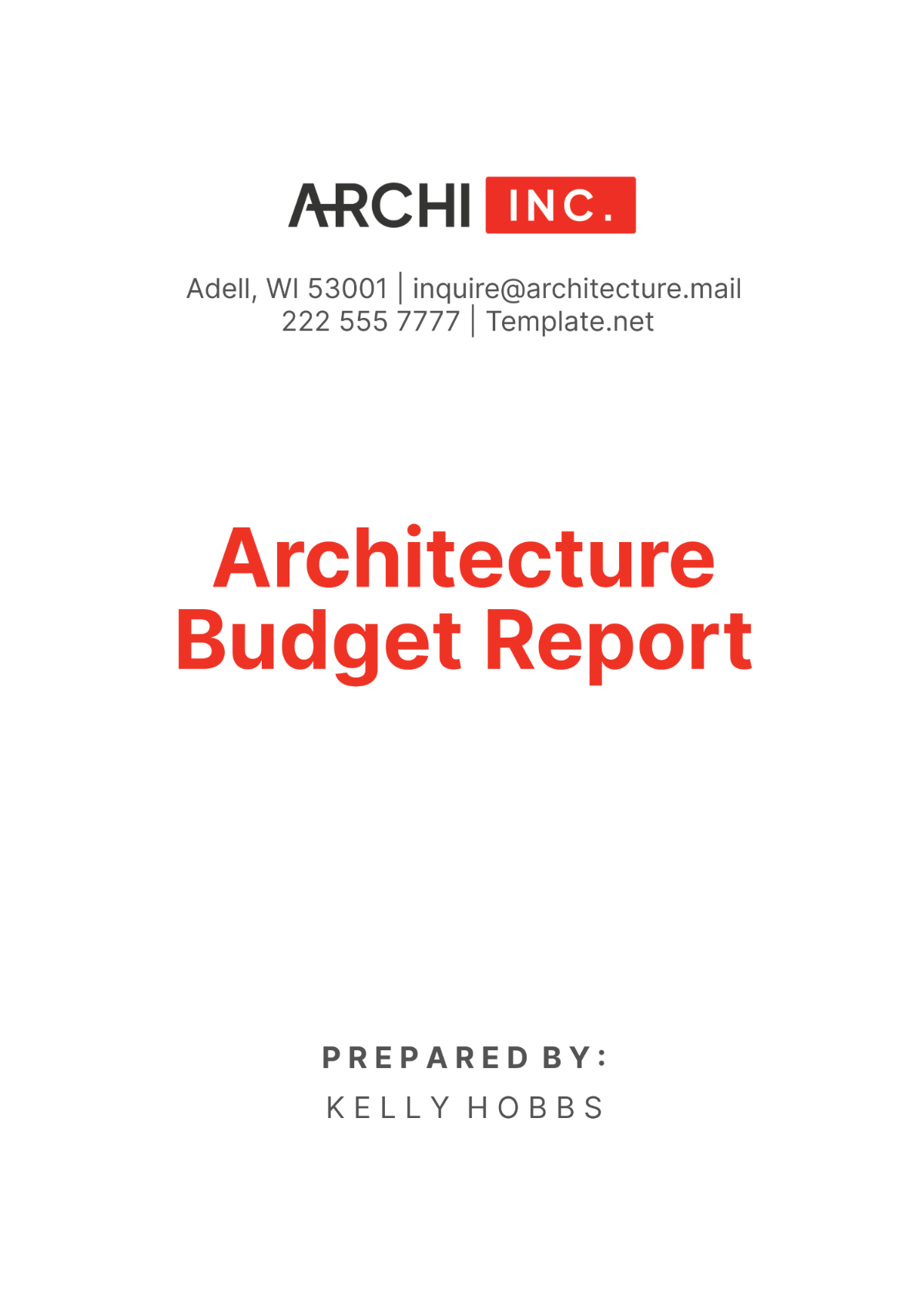Construction Budget Report Layout
Prepared by: [Your Name]
I. Executive Summary
The executive summary provides a snapshot of the overall financial performance of the project. Here, the key metrics and takeaways from the budget overview are summarized to provide stakeholders with a quick understanding of the project's financial status.
II. Project Overview
A. Project Description
The project description provides a concise overview of the project's scope, objectives, and the anticipated outcome. It includes details about the project type, location, timeline, and main contractors involved.
B. Project Timeline
The timeline section outlines the major phases of the construction project, including start and end dates, and significant milestones. This helps in understanding the project schedule in conjunction with the financial planning.
III. Budget Overview
A. Estimated Budget
The estimated budget provides a detailed breakdown of the expected costs, categorized by project components such as materials, labor, equipment, and service fees. Below is a table summarizing these estimated costs:
B. Actual Expenditures
This section details the actual expenditures incurred during the project up to the current reporting period.
C. Variance Analysis
The variance analysis compares the estimated costs to the actual expenditures, identifying any differences.
IV. Detailed Budget Analysis
A. Cost Breakdown by Phase
The cost breakdown by project phase provides insight into how funds are allocated across different stages of the construction project.
B. Contingency Fund Usage
This subsection explains any allocation from the contingency fund and the reasons for its use during the project.
V. Financial Recommendations
Based on the analysis conducted, this section provides recommendations for future budgeting and financial management strategies to optimize cost efficiency and resource allocation.
VI. Conclusion
The conclusion summarizes the financial findings of the report, reiterating key areas of concern and reinforcing the recommendations provided for ongoing and future projects.
VII. Appendices
The appendices provide additional documentation, such as detailed financial tables, supplementary data, and other reference materials used in the preparation of the budget report.
